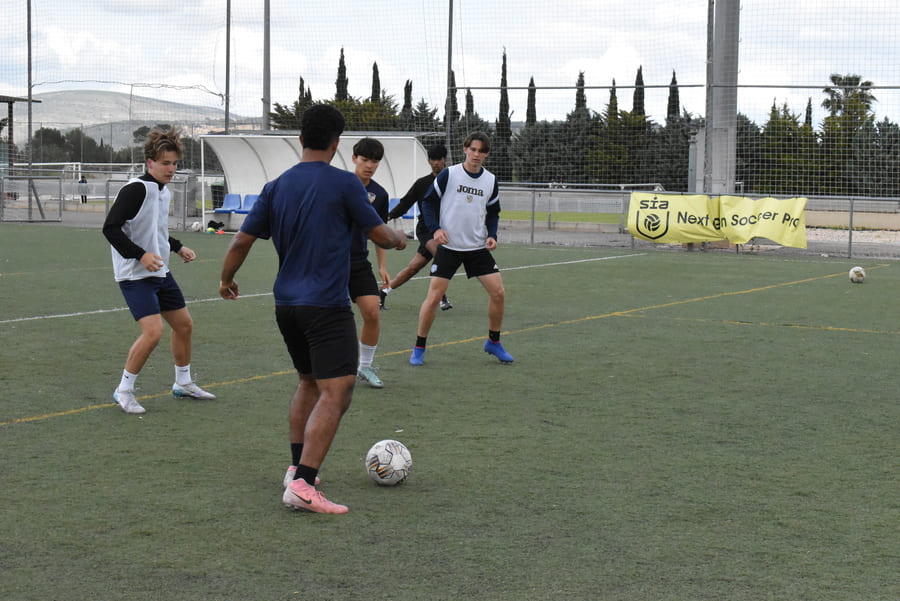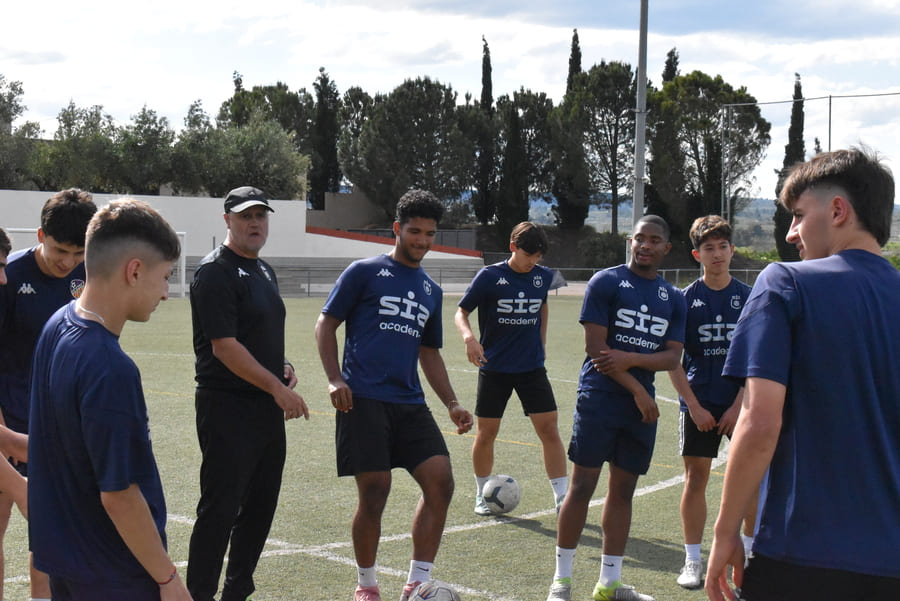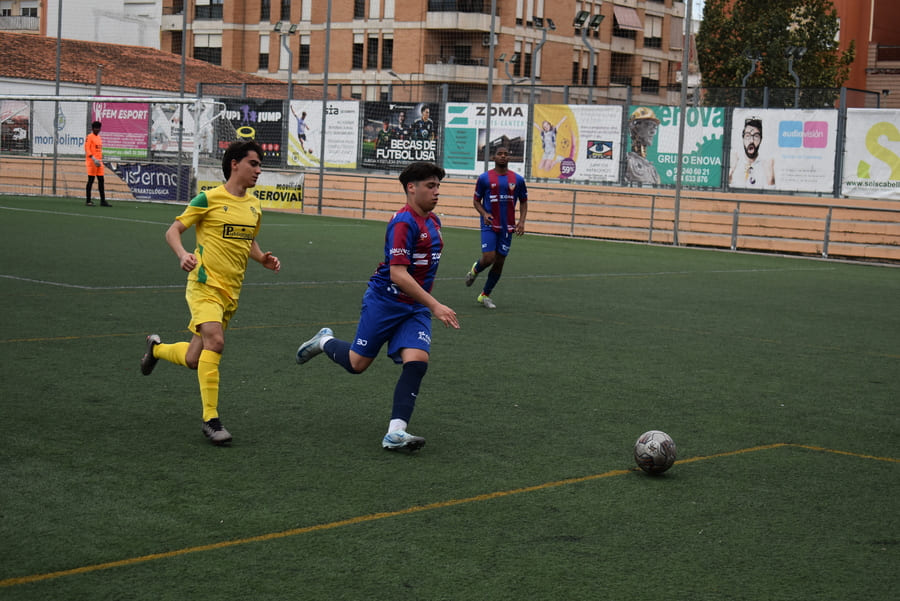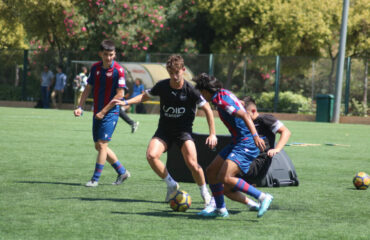In modern football, where high pressing and defensive systems are becoming increasingly sophisticated, building up from the back has become a fundamental pillar of the game. It’s not just about avoiding long balls or playing attractively: the way a team initiates its plays can completely shape its identity, control of the match, and chances of success.
In this context, tactical automatisms—trained and repeated actions that are executed almost automatically by several players—play an essential role. At high-performance academies like SIA Academy, these principles are not only taught but become a hallmark of the players’ education. Below, we explore how these automatisms are developed and why they are key to forming intelligent and competitive footballers.
Table of contents
What are tactical automatisms?
Tactical automatisms are pre-established collective behaviors that a team applies in specific game situations. In the build-up phase, these automatisms allow players to:
- Know where to move without the ball based on their teammates’ positioning.
- Find solutions against opponent pressure in a coordinated way.
- Progress with the ball from defense to midfield with fluidity and security.
They are not memorized plays, but rather trained patterns that, over time, become collective instincts.

Building from the back in modern football
Today, many teams opt for an elaborated build-up from the back, even under pressure. This trend, popularized by coaches like Guardiola, De Zerbi, or Arteta, requires players who are not only technically skilled but also tactically intelligent.
At the elite level, the first passing line is built by the center backs and goalkeeper, who must make quick decisions, attract opponents, and activate higher lines. From there, mechanisms unfold: full-backs drifting inside, midfielders dropping deep, wingers holding width, or third-man runs to bypass the press.
How are automatisms trained at SIA Academy?
At SIA Academy, the build-up phase is not left to improvisation. It is a structural pillar of the tactical methodology, trained from early ages through to performance levels. Here are some of the core principles developed:
1. Rational occupation of space
Players learn to understand the pitch in relation to the ball, teammates, and opponents. Center backs are trained to open up, the goalkeeper to be an active participant, and the pivot to offer continuous support.
2. Triangles and passing lanes
Every drill is designed to create numerical superiority and offer multiple solutions to the ball carrier. There is an emphasis on coordinated movements between nearby players and those attacking the free space.
3. Situational training
Rather than isolated drills, real-game scenarios are recreated: high pressing, mid blocks, waiting opponents, or aggressive pressure. Players learn to adapt their behavior to the tactical context.
4. Support and breaking patterns
Repeated actions are trained, such as “support-support-break,” where a player drops deep to receive, fixing a defender, while another breaks behind. These patterns are internalized through repetition and personalized correction.
5. Goalkeeper as first builder
At SIA Academy, the goalkeeper is not just a defensive finisher: he is the first passer in many automatisms, and is technically trained to offer safe and precise options under pressure.

Benefits for the player
Working on the build-up phase with tactical automatisms allows players to:
- Make quicker and smarter decisions under pressure.
- Connect with teammates more fluidly.
- Anticipate situations and read the game collectively.
- Minimize technical errors thanks to a favorable tactical environment.
This type of training develops intelligent, proactive, and adaptable players, qualities that are increasingly valued by professional clubs.
Real-life applications
Teams formed at SIA Academy not only train these ideas—they apply them in competition. In international tournaments, friendlies against professional teams, or official leagues, players demonstrate their ability to stay calm and build up from the back even in complex situations.
The ability of a youth team to bypass pressure with three or four well-executed passes is a clear reflection of the tactical work carried out over months in the academy. It’s also a competitive advantage that makes a real difference.
Tactical automatisms in the build-up phase are much more than a trend: they are an essential tool to control the game from the very first pass. At academies like SIA Academy, these principles are integrated into the players’ daily development, not just to win matches, but to create complete footballers with tactical awareness, positional intelligence, and confidence on the ball.
Forming players who can think, execute, and adapt in split seconds starts with structured training, and the build-up phase is undoubtedly one of the best environments to develop it.






